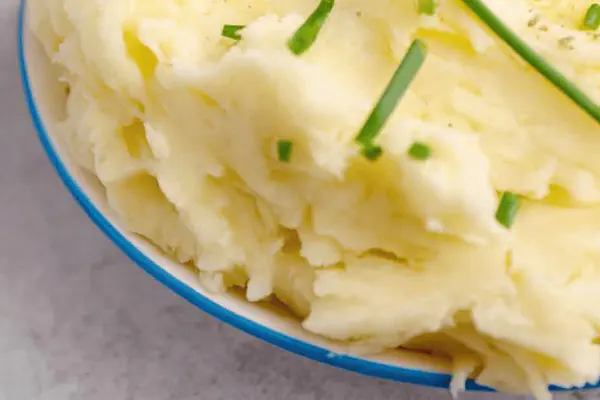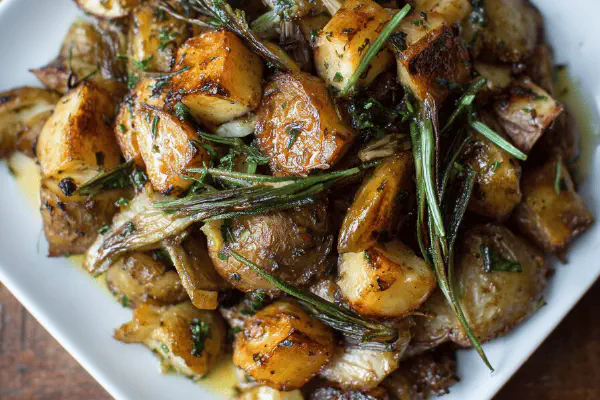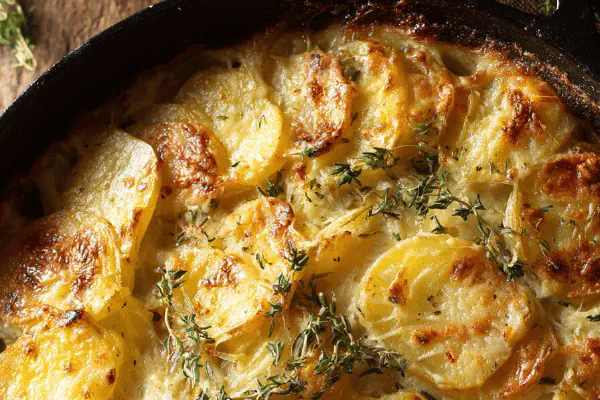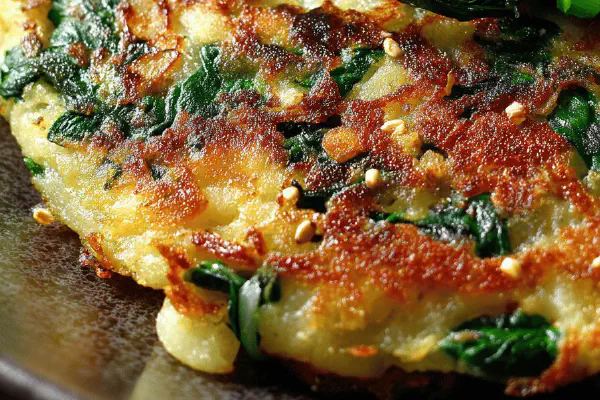Clapshot Twist
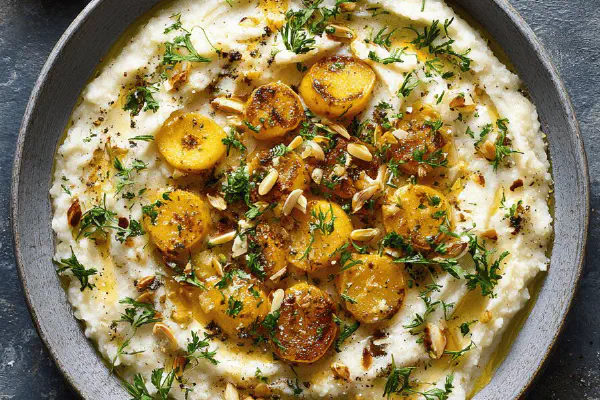
By Emma
Certified Culinary Professional
Ingredients
- 450 ml rutabaga peeled and cut into chunks
- 450 ml Yukon Gold potatoes peeled and cut big
- 100 ml parsnip peeled and cut similar size
- 30 ml unsalted butter
- 30 ml crème fraîche 15 percent fat
- Salt to taste
- Freshly cracked black pepper
About the ingredients
Method
- Fill pot halfway with water salted lightly. Add veggies all at once. Start with medium heat. Listen for soft crackle of boiling, then simmer. Check tubers by piercing with fork. They should crumble without resistance but still hold shape, about 30 to 35 minutes.
- Drain veggies completely. Let steam off a bit so mash doesn’t turn gluey. Use potato masher or pestle to break down roughly. Butter in now, chunks melting, filling kitchen with nuttiness. Rough texture is charm here; avoid over-smoothing.
- Switch to hand mixer on low. Slowly mix in crème fraîche just until creamy. Scrape bowl edges. Taste. Salt in layers, pepper freshly ground. Don't overdo salt—potatoes mute flavors; rutabaga and parsnip add sweetness and bite.
- Serve warm, texture slightly chunky but integrated. If too thick, a splash of vegetable broth can rescue dryness without watering the flavor. Leftovers reheat nicely with a knob of butter or a drizzle of olive oil.
Cooking tips
Chef's notes
- 💡 Salt water early is key; start cold. Vegetables cook unevenly if added hot or late. Listen for that gentle crackle of simmer; sharper boils toughen skins. Fork pierce test over timer. Crumbling, not mushy, and holds shape. Peel and chunk similarly. Consistency depends on rough mashing first—avoid pureeing. Butter melts into starch slow. Chunk texture keeps rustic feel, mixer only after - low speed, slow whip. Crème fraîche adds tang but watch fat percent; lowers reheating breakdown compared to cream. Salt in stages. Potatoes deaden salt impact; rutabaga and parsnip lift sweetness so layers matter.
- 💡 Drain well. Residual steam can glue mash sticky if rushed. Let steam off a bit. Mash while hot but patience on smoothness. Using pestle or masher rough breaks chunky bits first. Mixer calls in later for light emulsify. Overmix and you get gummy gluey paste. If thick, splash broth—vegetable broth helps fluids without flavor loss or watering down. Butter or olive oil to reheat leftovers keeps texture fresh. Parsnip swap introduces subtle sharpness but carrot or turnip possible alternates. Butter unsalted lets control salt better. Crème fraîche has stable fat that withstands reheating unlike cream or sour cream. Sour cream usable but expect less silkiness.
- 💡 Salt carefully. Potatoes mute flavors, rutabaga and parsnip bring sweet-tang bite. Salt in layers, not all at once. Keep black pepper fresh cracked—aroma and slightly sharp heat add balance. Be aware of seasoning info but always taste mid mixing. Too much salt kills root flavor, too little bland. Smell test during cooking helps timing too. Boiling noise differentiates doneness. Soft hiss means gentle cooking; loud aggressive boil ruins texture. Kitchen sounds a clue if no timer. Don't rush simmer phase—patience needed to develop texture and flavor right.
- 💡 Use similar sized chunks of root veggies to keep even cooking times. Unequal chunks cause some mush others undercooked. Rutabaga skin tougher; peeling thoroughly needed. Yukon Golds break down good but keep shape; parsnip adds subtle sharpness and sweetness, raising overall flavor complexity. Don't swap all rutabaga for parsnip—balance necessary or lose rustic edge. Avoid adding too much liquid during mashing—keep texture chunky but integrated. If dryness hits, small splash broth, not water or cream. Leftovers benefit from reheating with fat—olive oil drizzle or extra butter keeps mash moist and mouthfeel rich.
- 💡 Whipping in crème fraîche last keeps texture creamy but not runny. Add slow, hand mixer low. Scraping bowl edges ensures even mixing. Avoid over-emulsify or mix hard—turns gluey fast. Texture is key here—chunky but soft. Seasoning final. Black pepper fresh cracked, salt to taste in layers. Avoid adding too much salt early; potatoes mute flavor, so second salt crucial. Keep mash warm but not hot after mixing or texture suffers. Using potato masher first gives rough charm—don’t skip this for speed. Timing done when fork slides in with soft snap, not mush. Melting butter slowly helps flavors develop aroma and depth.
Common questions
How can I tell when roots are done?
Fork pierce test. Should crumble under slight pressure but hold shape. Not mush. Listen for simmer hiss, soft crackle. Boil too hard = tough skins. Timing varies 30-35 min. Size matters too—chunk uniformity.
What substitutes for crème fraîche?
Sour cream works but less smooth when reheated, can break down. Cream too rich, breaks on reheat. Greek yogurt bad idea, tang odd. If no crème fraîche, butter and splash broth help texture and richness.
What if mash turns gluey?
Overmixing main cause—stop whipping once creamy, chunk texture intact. Let steam off before mashing. Use pestle or masher rough first. Add liquid carefully; adding too much at once dilutes starch. Low speed mixer only.
Best way to store leftovers?
Fridge in airtight container. Reheat gently with butter or drizzle olive oil to keep moist. Microwave safe but stir midway. Avoid overheating dryout. Freeze not great for texture; separates. Use within 2-3 days.
